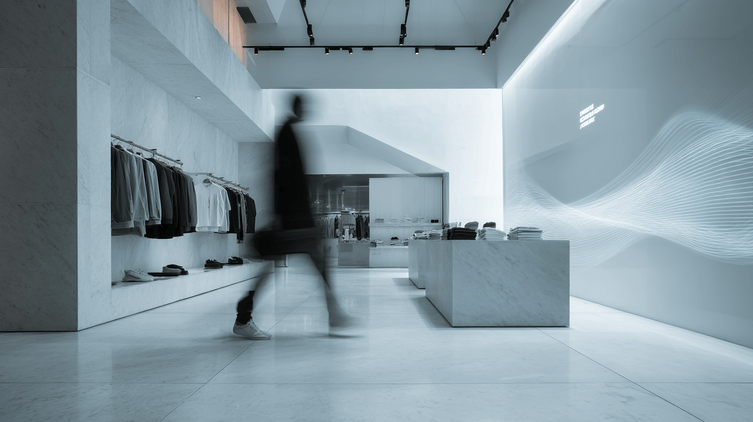A new decade means new material that has just entered the public domain, how does this impact brand identity?
Written by Ella Duda, International Strategy Director
.
This would probably go unnoticed by many, but not for brands like United Airlines, who have used Rhapsody in Blue by George Gershwin since the mid 1980’s. United has integrated this piece of music across many brand touchpoints, to the point that it is recognized by frequent flyers as their brand identity. However, it is not their property, thus can now be used by any brand, in any industry, without paying rights. Why is this significant news?
It brings to light the risk of using commercial music as a brand asset – or an attempt at one. In the case of United, the timing was right – lower competition and much less noise to break through. Additionally, their paying customers at the time were most likely not generationally far from Gershwin, comforted by the familiarity, and able to pay for air travel. Now, however, it has caught up with them; a cautionary tale for everyone.
3 main factors to consider
A brand that uses today’s most popular music, in an attempt to connect with Millennials or GenZ-ers risks a few things:

1) The music or artist is stronger than the brand. Meaning, the brand pays a lot for royalties to use only a part of a song (usually 30s), they are not allowed to modify it, and in the end the consumer leaves remembering how much they like the song while the brand is forgotten. Not only did the brand fail to create brand equity, they paid to contribute to someone else’s success.
2) The music lyrics are inappropriate. In our experience, this is a frequent issue, especially in a very politically correct environment. Music is essentially sung poetry; intimate, sensitive subject matter, packed with allusions and metaphors. Offend the wrong person and the brand goes down, not the artist.
3) The artist gets bad publicity. The entertainment industry is no stranger to drug abuse, adultery and domestic violence. In the era of fake news, no matter how good-natured and lovely the artist may actually be, if there’s bad press, the brand is put at risk by being associated just in using a song.
Brand identity isn’t brand entertainment
So, it raises the question of why a brand would choose to use an existing commercial track as part of their brand identity. Now and then, it may be useful, but a brand identity is not the same as brand entertainment.
To use a parallel, brands do not rent visual identities – they own them. They then apply secondary colors and run certain campaigns with celebrities for short campaign periods. Sometimes, the celebrities stay on, but the original intention was not to be a part of the core identity.
Which is why our clients develop a sonic identity. It’s tailor-made and proprietary. It distinguishes them from the competition in an honorable way. It future-proofs their sound, And if something in the Grammy sphere goes wrong, your brand can rest assured that there won’t be any bad blood the morning after.









